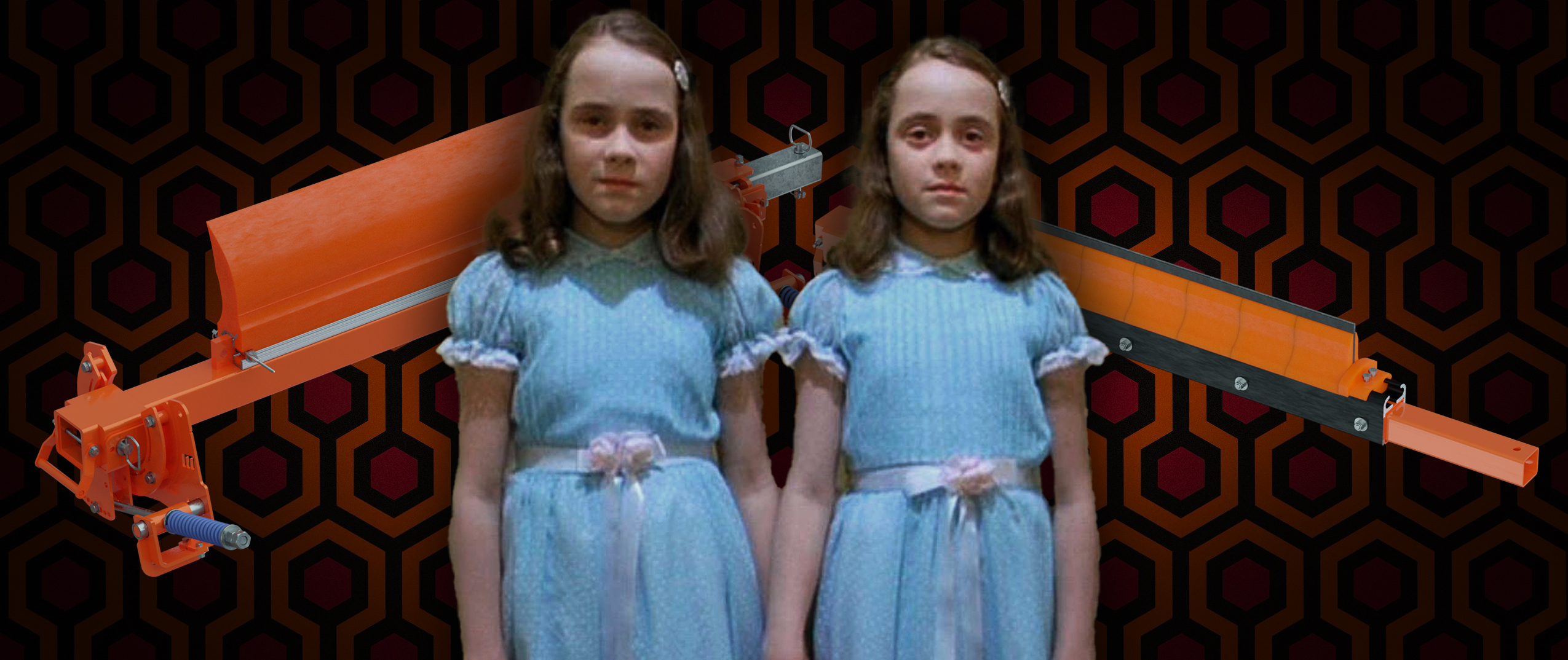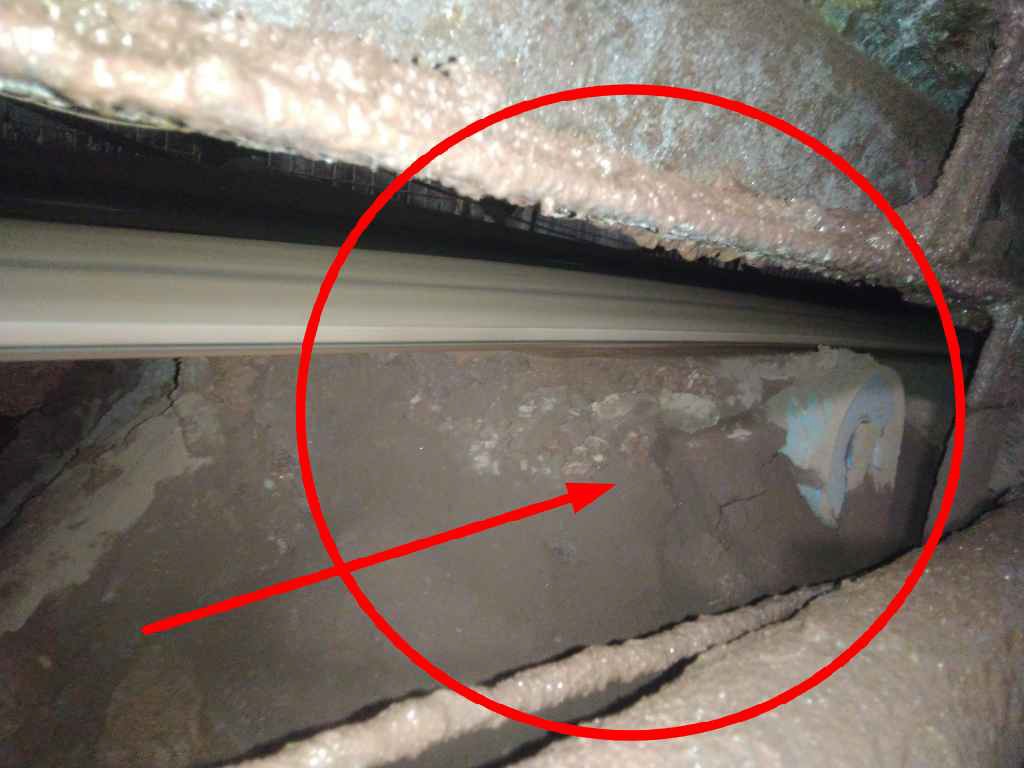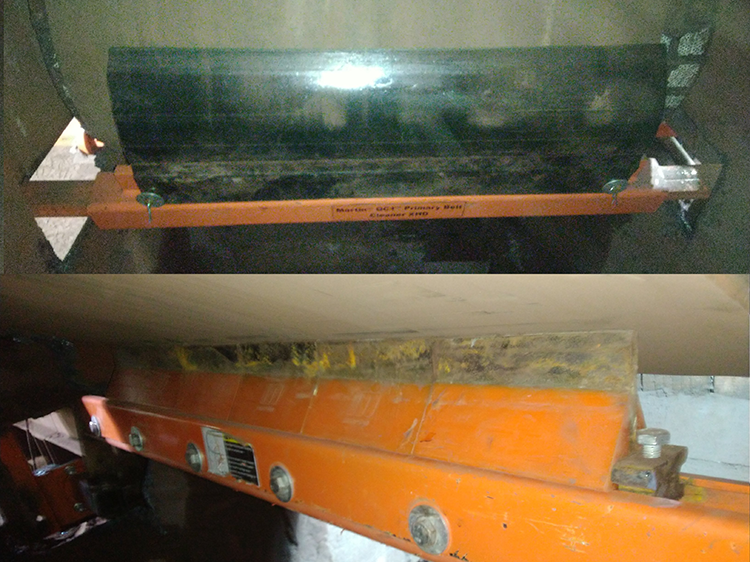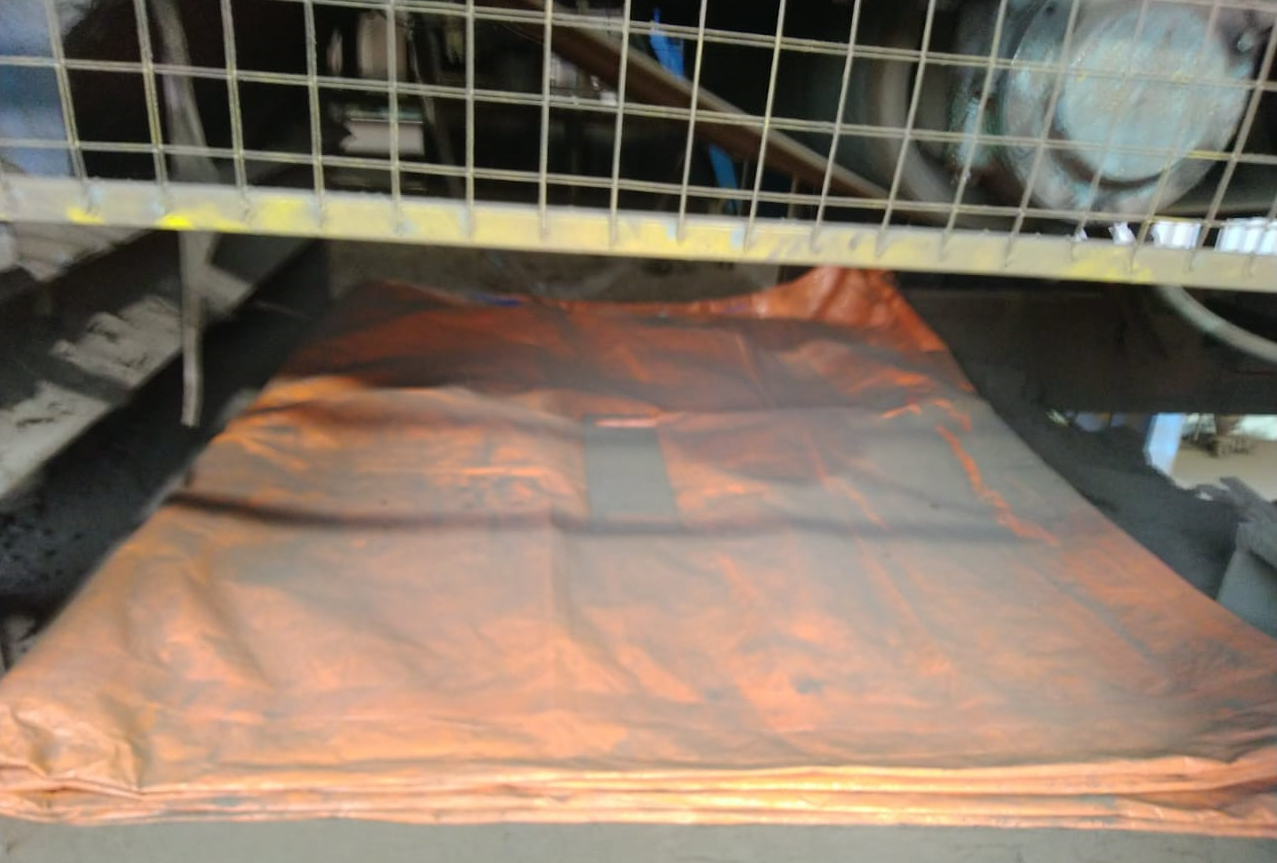By Chelsea Blake on Oct 27, 2023 10:06:10 AM
Getting into the Halloween spirit, I wanted to write a spooky story. 👻 But, I needed some inspiration...door eerily creaks open and enters the idea to put a frightening twist on detailing the problems an operation was experiencing.
Halloween movies have spurred some spine-chilling duos. ☠️As the saying goes, 2 is better than 1.
- Beetlejuice & Lydia
- Clarice & Hannibal Lecter
- Freddy Krueger & Nancy Thompson
- Chucky and his bride
- The Twins from The Shining
- Pennywise & Georgie
- Gomez & Morticia Addams
- Jason Voorhees & his mom
- Michael Myers & Laurie Strode
- and so on...you get the point
I think it's safe to say the movies wouldn't be what they are without both characters of the dynamic duos. And, the story below wouldn't be possible if not for both belt cleaners in the belt cleaning system.
Problem
The Tata Steel Limited (TSL) plant had a chilling amount of carryback due to inadequate conveyor belt cleaning. Heated material was sticking to the belt, bypassing the existing cleaner and spewing cargo along the entire return run. Operators observed ominous amounts of buildup around the take-up pulley, where spillage would accumulate and encapsulate rollers. Rollers often seized, with the belt riding on abrasive material, which can slash belt life. Cleanup involved several maintenance workers and a significant amount of time and effort. The spillage also threatened access to the system, which is dangerous. Low system efficiency, equipment replacement, and labor for cleanup raised the cost of operation, so managers sought a solution for this fateful destiny.
Solution
TSL management asked us to dissect the problem. Following the CEMA guidelines, our field expert and TSL operators decided to install a  Primary Cleaner with a green polyurethane blade and a
Primary Cleaner with a green polyurethane blade and a  .
.
The QC1+ XHD (Extra Heavy Duty) is designed for rugged/gloomy conditions. The green blade is engineered for continuous temps of -40°F/C to 300°F (148ºC).
- Martin® QC1+™ Cleaner XHD and Spring Tensioner are system-engineered to preserve the cleaning edge from high belt speeds and multiple splices.
- Patented “CARP” (Constant Angle Radial Pressure) design maintains cleaning performance through all stages of blade life.
- Mainframe of rugged 3/8-in. (9.5-mm) thick DOM steel tubing has steel bar backbone. Aluminum extrusion in the blade base holds cleaner snugly to the backbone.
- Specially-formulated urethane provides blades to suit standard, high-temperature, or high-abrasion conditions. Urethane is poured in-house to assure quality assurance.
- An economical cleaner and tensioner system combines effective cleaning, durable life, and low-maintenance requirements.
The DT2S Secondary Cleaner incorporates individually cushioned tungsten carbide blades for effective conveyor belt cleaning without damaging the belt or splice.
- Slide-in/slide-out belt cleaner blade cartridge allows quick and easy blade service that minimizes conveyor downtime. Even when the cleaner is encrusted with material, one-half of the split frame can be removed to allow blade change.
- Effective belt cleaning reduces plant cleanup chores and prolongs the life of conveying equipment.
- Can be installed on conveyors that roll back or run in two directions with proper blade selection.
- Lean profile minimizes space requirements and allows installation in spaces as narrow as seven inches (178 mm).
- Suited for medium to heavy-duty applications, on belts from 24 to 96 inches (~500 to 2400 mm) operating at speeds up to 900 fpm (3.5 m/sec).
Results
After installation, the equipment significantly reduced the amount of carryback. The primary cleaner discharged the majority of the adhered material, while the secondary cleaner removed the remaining dust and fines. Operators report that the system is now working to their satisfaction and management is "very happy" with the outcome. Maintenance has been easy, with little need for re-tensioning. Cleanup has been minimal, reduced to only routine cleanings done quickly by a skeleton crew. The haunting safety risks have improved and access to the system is no longer an issue. This has lowered the cost of operation and offered an excellent return on investment (ROI).






comments